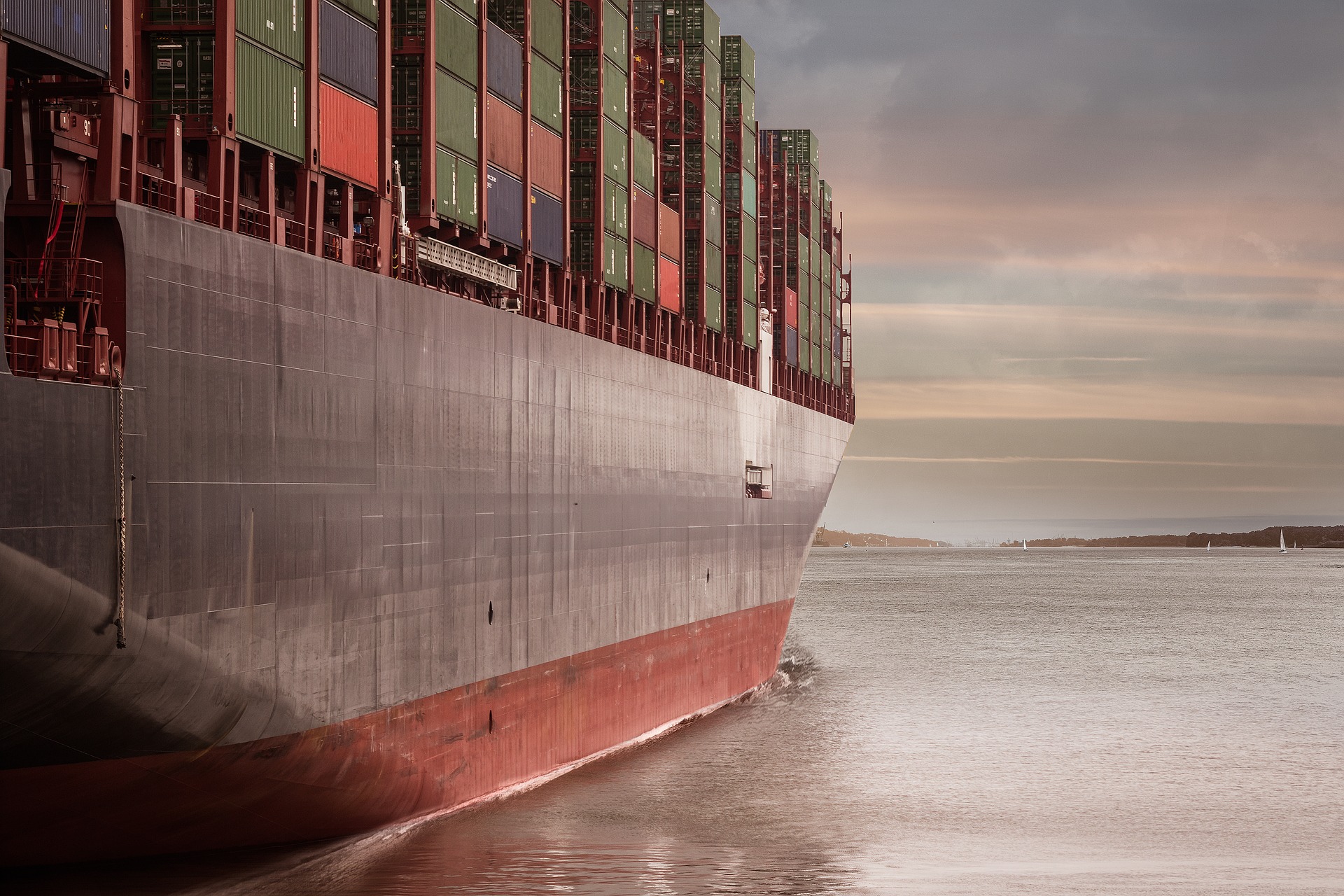- Blog
- Oceans
- Ports and Environmental Justice
- Ports Need to Take Advantage of Inflation and Infrastructure Funding
Ports Need to Take Advantage of Inflation and Infrastructure Funding
by Valerie Zundel, Oceans and Vessels ASM Fellow

Donate Now!
Your contribution will benefit Friends of the Earth.
Stay Informed
Thanks for your interest in Friends of the Earth. You can find information about us and get in touch the following ways:
Ports serve as crucial nodes in the global trade network. Transportation is the leading source of greenhouse gas emissions in the U.S. Although medium- and heavy-duty trucks used at ports and along freight corridors account for about only 10% of vehicles, they contribute about 29% of all transportation GHG emissions. These emissions disproportionately impact portside communities, composed mostly of low-income Black and Brown residents that have long been denied the right to clean air. For example, air quality was measured in communities surrounding the Port Newark-Elizabeth Terminal, one of the largest ports in the U.S., and it turns out that the diesel air pollution was 150 times higher than is considered safe to breathe.
This is why it is vital that U.S. ports transition to zero-emission vehicles in order to greatly reduce overall greenhouse gas emissions. This shift will help align us with obligations under the Paris Agreement and national climate goals. Above all, it will provide much needed relief to portside environmental justice communities.
Unfortunately, one of the biggest barriers for port electrification has been the cost of the transition. However, with federal funding provided by port-related provisions in the IRA and the Bipartisan Infrastructure Law (BIL), the time is now for ports to transition.
$3 billion has been allocated in Clean Ports Investments as part of the IRA. These funds help port authorities purchase zero emission equipment or technology, assist in planning for these purchases, and aid in developing climate action plans in order to reduce air pollution. These additional provisions in the IRA could be applied to benefit port-adjacent communities. For the 2022 fiscal year, the Port Infrastructure Development Program (part of the Bipartisan Infrastructure Law), offered $450 million for ports to plan and execute projects that improve the safety, efficiency, reliability, and environmental performance of the movement of goods through and around ports. If the trend continues, we can expect a similar amount, if not more, for fiscal year 2023. This fact sheet provides some examples of items and projects that PIDP can fund.
There are plenty of ways in which funding from PIDP has been used to benefit U.S. ports. Some examples of projects include: the construction of on-site fuel cell facilities, the implementation of offshore wind infrastructure, the evaluation of resiliency and sustainability plans, and the purchases of electric equipment (electric cranes, drayage trucks, cargo-handling equipment, freight trucks, ferries, etc.)
There is a path to a greener, safer future for shipping in the U.S. The technology for electrification exists and the funds for the transition are available.
Port authorities simply cannot overlook the social and environmental importance of leveraging newly available federal funding to transition to green port operations now.
